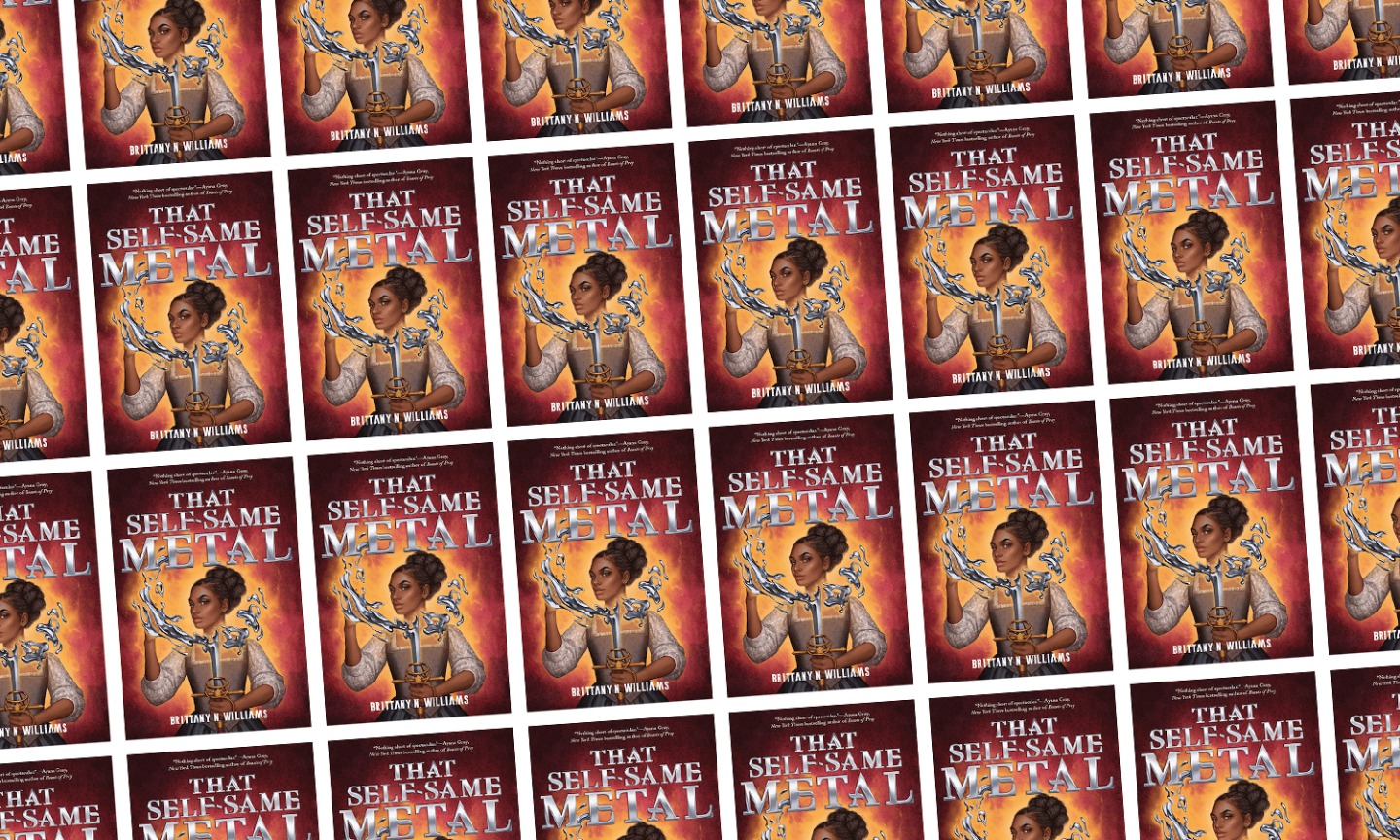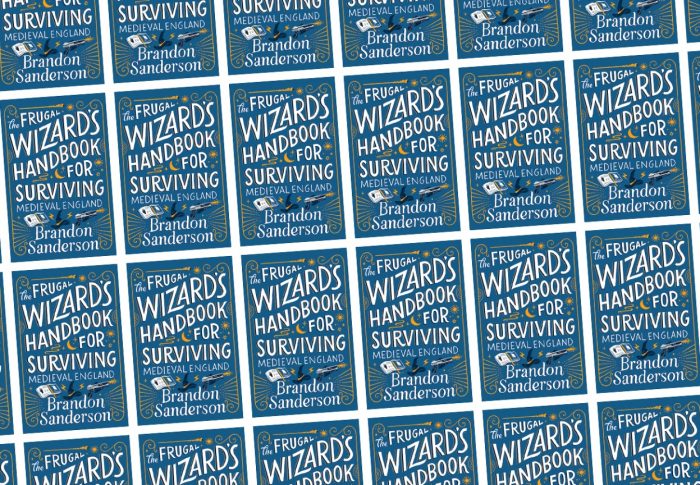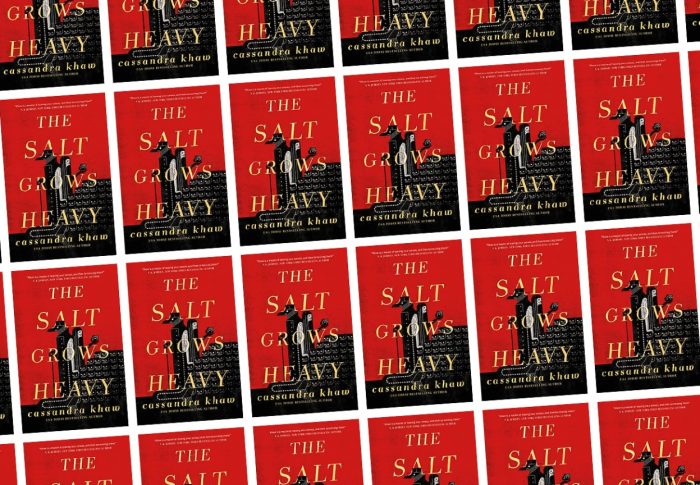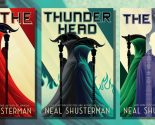
Though she’s only sixteen, she’s fierce: Brittany Williams’ Same Metal
Brittany N. Williams’ debut novel, The Same Metal, is a book you can judge by its cover. This striking image covers all the core reasons to read this young adult historical fantasy novel: a confident and dynamic black heroine, in a Jacobean brocade dress, is either brandishing a sword or dissolving it. With a title taken from “King Lear,” it’s clear what fun awaits the curious reader.
Our magic-wielding protagonist is Joan Sands, the 16-year-old fight director and Mistress of Arms of the King’s Men, a troupe led by William Shakespeare. Joan is perfect for keeping the stage blades shining but safely dulled, as she is the spiritual child of Ogun, the Orisha with power beyond the metal. Her twin brother James (a child of Orisha Oya of Wind and Death) is also a member of the company, playing young female roles since it had been illegal for women to engage in lewd acting work since 1605. The two siblings aren’t the only magical ones in the group, either. Fahey is a master actor who, like all fair men, carries his traditional radiance, although only the children of Orisha can see this aura.
While preparing to perform at Whitehall Palace, Joan meets her godfather and mentor Baba Ben, Ogun’s only other child in London. He explains that the new king, James, has neglected to maintain an important covenant to prevent bloodthirsty faeries from harming humans, and that he has come to the palace to enforce the ceremony of that covenant. As soon as Joan learns of the matter, the guards arrest Baba Ben. While Joan hides, a guard stays to gloat and reveals herself to be a shapeshifter, but somehow she doesn’t glow like the other faeries. Without this updated contract, the faeries are free again to wreak havoc throughout the city.
Cue the murderous creatures of the elves, from water ghosts to red hats to bone-crunching witches! Cue Ogun possessing Joan to fight Auberon himself! Joan realizes that her power over iron may be the only way to stop the faeries from devouring any human they please!
With this vivid scene and all the players in place, Williams’ fast-paced adventure races to the final page. There are only moments of silence and contemplation in Joan and her parents’ house, and the structure of the novel reminds me of a video game. Each battle is greater and more terrifying than the one before, as Joan learns on the fly how to use her powers to defend the people of London. Interludes serve as cutscenes depicting the deadly actions of immoral faeries on humans. When the climax comes, it’s not just a boss fight, it’s a culmination of everything that’s happened in the past 250 pages.
While “Same Metal” may have a modern rhythm, it has a Shakespearean texture. From chapter titles to dialogue snippets to the names of powerful faeries, frequent references to the work of bards are a treat for nerds (like me) who can recognize them. Williams also includes critiques of Shakespeare’s work that will be familiar to contemporary fans of the playwright: racism, sexual predatoryness, and misogyny in Othello and Measure for Measure. As a character, William Shakespeare himself is alternately charming and infuriating and plays a surprisingly pivotal role.
Williams masterfully blends Restoration drama, Celtic-inspired elves, and Orisha traditions. What stands out to me most, however, is that Joan’s story is fueled by ideals of mutual aid and bringing together underprivileged communities. Joan and her brother defend sex workers, religious minorities guard each other, and when Joan’s life and family are threatened, King’s Men gather around her. Williams deftly paints the strange class position that artists occupy as financially bankrupt artisans who are often associated with the wealthy elite, and she keenly draws on the hellish conditions that these elites demand for the black and queer community.
These are strong themes for a YA novel, one that lifts the novel beyond its use of the genre’s traditional elements. Joan is a sort of chosen one, and she’s in a strangely tepid love triangle (although her bisexuality is refreshing). She has to embrace her inner power to master her magic, and the final twist seems to rely on Joan forgetting some key information. That said, these are all solid hallmarks of juvenile literature, and for good reason. If “Same Metal” had a little too much influence on them, Williams makes up for it with her thoughtful creativity.
Some of my reservations aside, I’ll sum it up like this: If a sequel gets made, it better happen ASAP because once you’re immersed in the world of Joan Sands, you won’t want to leave.








Tagged "The Light at the End of the World", Historical Fiction, nationalism, Siddhartha Deb, social upheaval